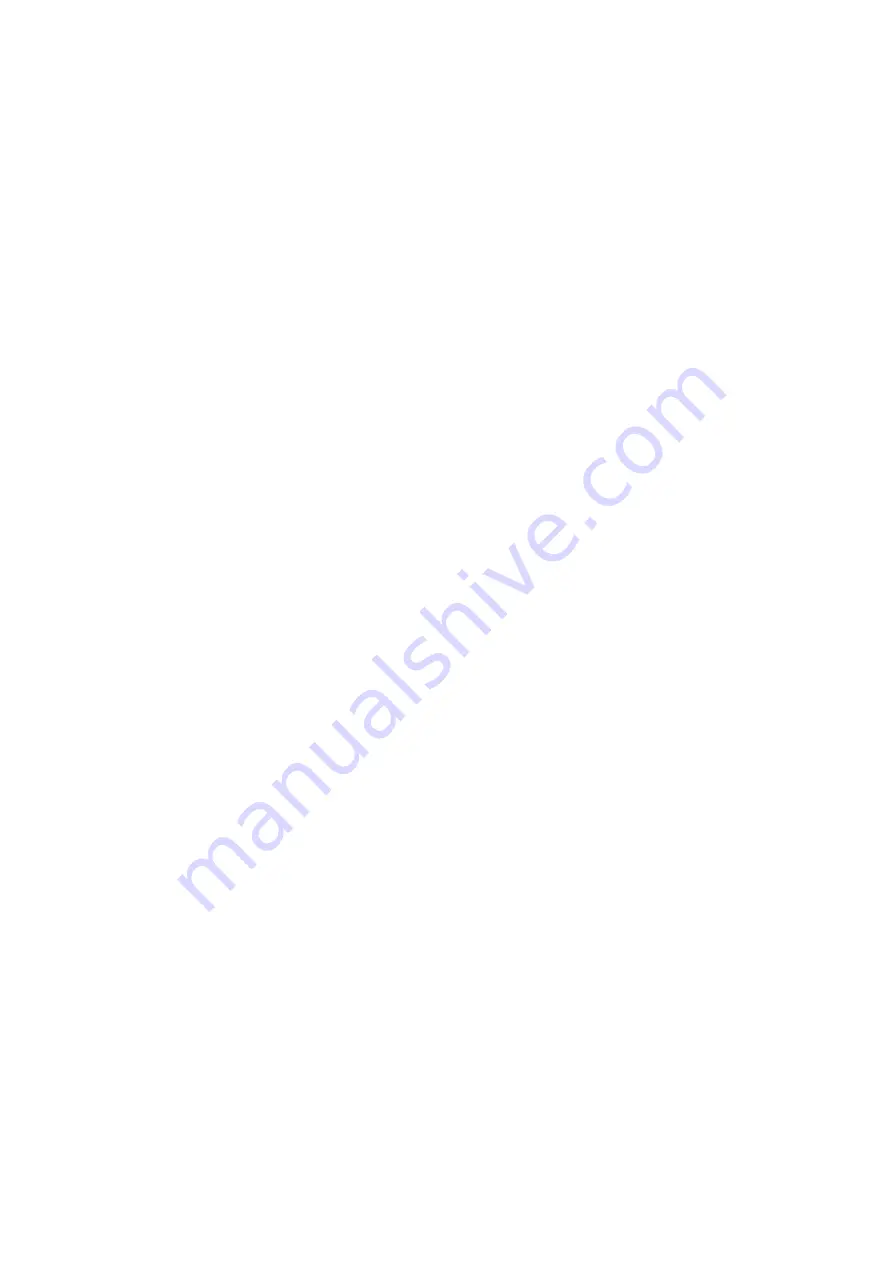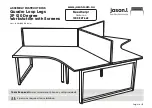
ii.
Scale Type
Once you have decided on a root note, you will next need to select a scale type. Turn the rotary knob above ‘Type’ to
choose one of the following scales: Natu-ral Minor, Major, Dorian, Phrygian, Mixolydian, Melodic Minor,
Harmonic Minor, Bebop Dorian, Blues, Minor Pentatonic, Hungarian Minor, Ukrainian Minor, Marva, Todi, Whole Tone
and Chromatic.
iii.
Sequence Transpose
Turning the knob above ‘Sequence Transpose’ applies a transpose value to the played notes coming from the
Sequencer. In other words, it shifts sequenced parts by a set amount (e.g. five semitones). It also functions
independently of Root and Type, which apply a scale to Sequencer parts without transposing notes.
You can transpose your Sequence up or down by 11 semitones (half-steps).
iv.
Scale Mode
The screen area labelled ‘Scale Mode’ changes the way Scale View handles notes that are not in the selected scale.
These settings behave as follows:
•
Snap - Notes outside the scale are ‘snapped’ up or down to the nearest scale note.
•
Filter - Notes that are not in the scale are not played (i.e. not snapped to a correct note).
•
Display Only - Notes that are not in the scale are allowed to pass unmodi-fied. This setting makes key LEDs
more of a ‘guide’ for your playing, leav-ing you free to use non-diatonic notes (notes not in the scale).
v.
Turn Scale On/Off per Part
Pressing the soft buttons above the pads (and below the screen) toggles Scale functionality on/off per Part. Therefore,
you can choose which Parts will be af-fected by Scale mode (and its settings) and which will not.
A common occurrence for this option pertains to drums. Since a typical drum bank is not arranged according to pitch,
playing it with a scale in mind would be a hindrance. Thus, you might want to turn Scale mode off while playing your
percussion parts and keep it on for your synth, bass, strings etc.
13. MIDI Ports/Routing
A.
Host Inputs
i.
MIDI - This input is used for MIDI from Parts when they route to USB. It is also used to transfer content with
Components.
ii.
InControl - This is used for communication with DAWs using the InControl or HUI protocols.
iii.
From DIN 1 - This forwards MIDI received from MIDI DIN 1, allow-ing the device to be used as a MIDI inter-
face.
B. Outputs
i.
MIDI - This output is used to send MIDI to Parts to record into the sequencer. It is also used to transfer content
with Compo-nents.
ii.
InControl - This is used for communication with DAWs using the InControl or HUI protocols.
iii.
To CV/Gate - Note information sent to this port is sent directly out of the CV/Gate ports, unchanged and
with no interference from the SL MkIII’s features. MIDI channels 1 and 2 are used to address CV/Gate ports 1 and 2
respectively. CC messages sent to this MIDI port with the CC number assigned to each mod out-put (see Global Set-
tings/Mod CC) will be output directly to that mod port.
iv.
To DIN 1/DIN 2 - All MIDI sent to these two ports will be forwarded directly out of their respective MIDI DIN
Содержание SL MkIII
Страница 1: ......












































